
Technology can solve issues of teacher training, data-based decision-making, remediation and so on. But a one-size-fits-all approach won’t work. Programmes must adapt to local needs and diverse gap areas. This week's TypeRight is based on the opinion piece in Hindustan Times, along with some comments and responses.

First, some news from this week that gives a scale of the money that went into edtech this year.
However, in another side of things, it doesn't seem like profits are close to be seen.
The pandemic has probably brought upon us another learning crisis. South Asia saw education levels fall down from pre-pandemic levels of 60% to a 78%. These predictions are part of a preliminary analysis from an upcoming World Bank Report that estimates this global catastrophe as having delivered the worst shock to the educational system seen in recorded history.
India, where learning outcomes have been sub-par saw it decline further with the gap between private and public-school education widening. The gaps in infrastructure, education delivery, assessment styles, school administration, and the school readiness of children continue to perpetuate educational inequity.
But have we done enough to make sure that quality education is available to all? In these post-pandemic times, we have seen that we simply cannot ignore the necessity of digital infrastructure for education. A Dalberg report on the Covid-19 impact on education suggested that nearly 40% of students in India were unable to access any type of remote learning during the school closures, and while WhatsApp was the most used remote learning tool (followed by textbooks), digital tools were not as accessible as is often perceived.
Concentrating the efforts of policymakers, funders, digital and connectivity innovators, and educators on leveraging technology in the right way, towards positive educational outcomes, should be priority. On the policy front, one cannot deny there have been attempts. Central and state schemes to bring connectivity to villages – like BharatNet and Telangana Fiber Grid, among others – have borne some fruit. More than 1.8 lakh gram panchayats in India had received optical fibre cables and required equipment under the BharatNet scheme till date. In 2017, the Ministry of Human Resource Development launched SWAYAM Prabha, a group of 34 Direct-to-Home channels featuring educational content. The Government of India also gave students free access to the National Digital Library during the lockdown and schemes like DIKSHA aim to provide access to large number of curriculums.
Despite all of this, access to connectivity remains a critical challenge that needs to be resolved. As of 2019, only 22% of Indian schools had internet connectivity. While this is a significant jump from 8% in 2015, the growth is still not happening fast enough. Most disproportionately affected are rural areas , where broadband penetration is at a meagre 29% compared to 93% in cities. If we want to course correct, connecting every school in India to the internet needs to be a priority.
If we are to bring the information revolution to India’s villages, it is imperative to eliminate operational bottlenecks in ensuring sustained use of the infrastructure, strengthen last-mile delivery models, build capacity of teachers to leverage the connectivity, and develop innovative tech-enabled learning models.
The first thing to ensure is the presence of basic Information and Communication Technology (ICT) – i.e., infrastructure. While BharatNet’s success in kilometres and number of GPs is impressive in its scale, it is also important to measure the success in terms of its ability to facilitate basic services, like functional and available connectivity, and link them to education and its stakeholders. For the infrastructure to enable outcomes, there is a need to improve the feasibility of private players and community models to be able to utilize this infrastructure. Proper funding incentives and quality assurance mechanisms need to be provided for private players to get involved in building and maintaining the infrastructure, and for last-mile providers to offer services on top of that. With these incentives in place, the government can then put in place guidelines around last mile connectivity standards in education institutes. It is good to remember that the plan to use BharatNet as a backbone for internet connectivity for rural India is not exactly new. The policy hurdles it runs into at the ground have to be tackled creatively- bringing connectivity is not just the task of the telecom department; rather, it needs active involvement from all concerned ministries and departments, like education, health, social justice, or rural affairs working together and setting deadlines to ensure the project remains contextually integrated and used.
Delivering connectivity to villages is not enough. We must go the extra mile to ensure sustained community engagement with the technologies. Leveraging the networks and influences of local actors like gram panchayats, self-help groups and village-level entrepreneurs (VLEs) under the CSC scheme can help. As local power brokers, they can help translate policy into practice at the level of the lowest common denominator. We have with us several examples of community networks (like in Karnataka’s Tumkur) that played a crucial role in helping communities access education during the pandemic.
This was not done just by drawing cables, but by engaging with the community, the teachers, and the local engineers to ensure participation, maintenance and longevity of the connection. India’s villages (and towns) are still encircled by discriminatory barriers of caste and prevalent gender norms, something which cannot be fixed without a level of engagement that goes beyond material infrastructure.
Next, we need to rethink the procurement systems. Ensuring the availability of devices and equipment is a start; however, the focus must be on the right kind of equipment. Speed, bandwidth, and reliability of internet connections must be a key consideration when it comes to acquiring and setting up the equipment. A systematic ledger or transaction records of each procurement would help.
Teachers need to be taken along the journey as well. A report by UNESCO shows that teachers continue to struggle when it comes to laptop availability, internet quality, and proficiency in advanced computer skills. It also indicates that only 40% to 50% of teachers may have been on digital literacy training programs before the pandemic. Robust teacher training programs to help educators understand how to use computers and phones as tools of learning is a must. This must go beyond the basics to encourage out-of-the box thinking and innovative teaching methods. Moreover, one-time initiatives are not enough. Teacher training programmes need to be run periodically to bring new educators on board and update the older ones about the latest technological features. This need not mean high-tech classrooms, simple digital tools that help maintain student records can also go a long way to ensure more people attend classes, while reducing work-stress on teachers.
While traditional in school models still hold immense value, we also need to start thinking about leveraging connectivity for new, more open models of education. The Digital Empowerment Foundation, for one, have been working on creating digital excellence centres, maker-space type of places where coding, STEM and arts are collaboratively taught and children or adults can walk in, learn, socialise and collaborate. Digital education should also aim to move beyond its basic lessons of accessing resources to training communities in coding.
(Below are some of DEF's interventions in bringing STEM education)
Boosting ICT infrastructure would mean nothing if educators were not encouraged to devise new teaching strategies and incorporate educational technology with traditional modes of teaching. Offline and online forms of learning have to be seamlessly integrated into the existing syllabus to build a future-resilient system of education. While on one hand we do see new edtech companies working closely and signing MOUs with state governments to bring their online services to schools, there should be parallel efforts to assess how these new form of digitalisation in education can impact teaching and pedagogy, and what this means for the future of education models.
Technology can also solve for issues related to teacher training, data-based decision making, parental communication, and remediation. However, we must work with the recognition that a one-size-fits-all approach rarely works. Programs will need local language adaptations for example. There is an urgent need to segment the villages to understand their level of connectivity, school infrastructure and other specific needs and demands, before framing relevant policy solutions. Similarly, there is a need to draw out data that captures experiences of those belonging to historically marginalised caste groups and gender minorities. For instance, first-generation learners from Scheduled Castes, Tribes or other marginalised communities may struggle with the technical skills required to navigate the internet and internet-enabled devices. We know statistically that both this divide, and the gendered digital divide are real- prevalent gender norms and scarce household resources may dictate that the male child’s education is prioritised.
The internet offers forward-looking solutions to combat these persisting problems. It brings the promise of democratising basic welfare services by helping build integrated and accessible provisioning systems. Alongside education, welfare goals like universal healthcare, housing or financial inclusion can benefit greatly from increased connectivity, with the right last mile models. If we are to build an inclusive society, it is crucial to embed these fundamental details into our policy designs.
We already have the tools to enhance learning and usher in a digital democracy. With the right approach we can bring these to the grassroots. To ensure equality and social justice, if we do not rush in and close the huge learning gaps that the pandemic has created, India’s marginalised communities would find it harder to bridge the existing divide. We must make the most of what we have now to ensure that the Right to Education for every child does not remain unfulfilled in spirit.
There are people and initiatives trying to work. Local language call centres like Sahaj Path in West Bengal, is one, that tries to answer questions of children in government schools with better communication.

Solutions for digital integration needn't be necessarily digital, but rather mass oriented. Providing broadband in each and every school as a public access point for education fraternity, ensuring teachers stay at classes with digital means, ensuring girls don't dropout by having reporting mechanisms for women's toilets, making sure every school has digital access room with enough laptops and gadgets for the students to be used freely like the way we use books and pens, and maybe digital resource person per schools who is not a teacher, but a facilitator to ensure that the tools and connectivity are used efficiently and functional without glitch. These are just a few, but with popular support, the possibilities are endless. The solutions just have to go beyond corporate edtech, because privatisation and further exclusion cannot help us climb out of the covid's gap.
In Other News
First, some positive news to follow the shrinking space for voices of journalism and dissent in the country.

While the prize went to civil liberty activists in Belarus and Ukraine, the global fight against disinformation and towards reclaiming these spaces remain highlighted.
The National Digital University will choose one of four universities (IITM, DU. BHU or IGNOU) to be its hub of operations.
.jpeg)
Update on the MNREGS attendance monitoring app we had covered earlier in our TypeRight:
.jpeg)
With the pandemic is increasing screen times worldwide, this village in Tamil Nadu comes up with a unique solution:

DEF Updates
First, the full recording of our fourth series of 2022;s CNX is available to stream here:
Some updates from the World Summit Awards and congratulations to the finalists
Now, from other work DEF was part of last week-
-in the digital literacy center in Nizamuddin:
STEM training camp in Kurattihosur:
The digital excellence centre in Hyderabad's Chacnhalguda
With the tea garden workers in West Bengal
From our CIRC in Donabagatta, Karnataka
Our Smartpur team in Barabanki:
And our resource center in Ziro Valley
Till we meet next week, please do share what you would like us to discuss on TypeRight in the next few weeks. Ciao.





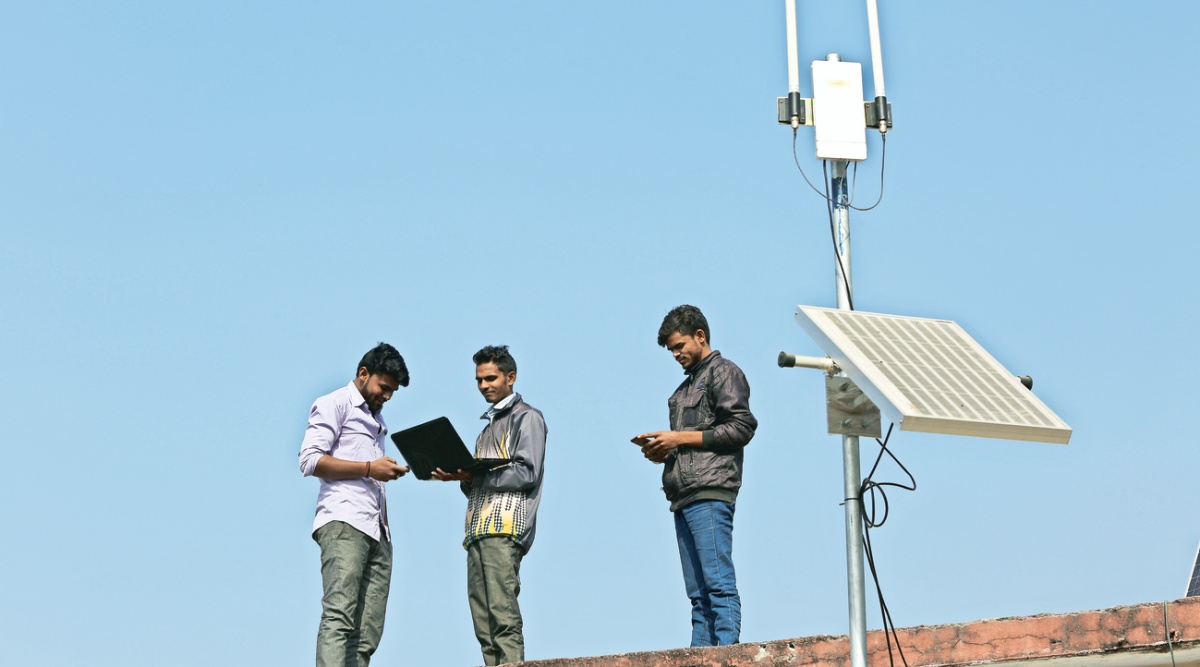



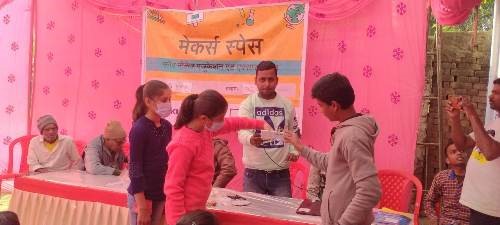




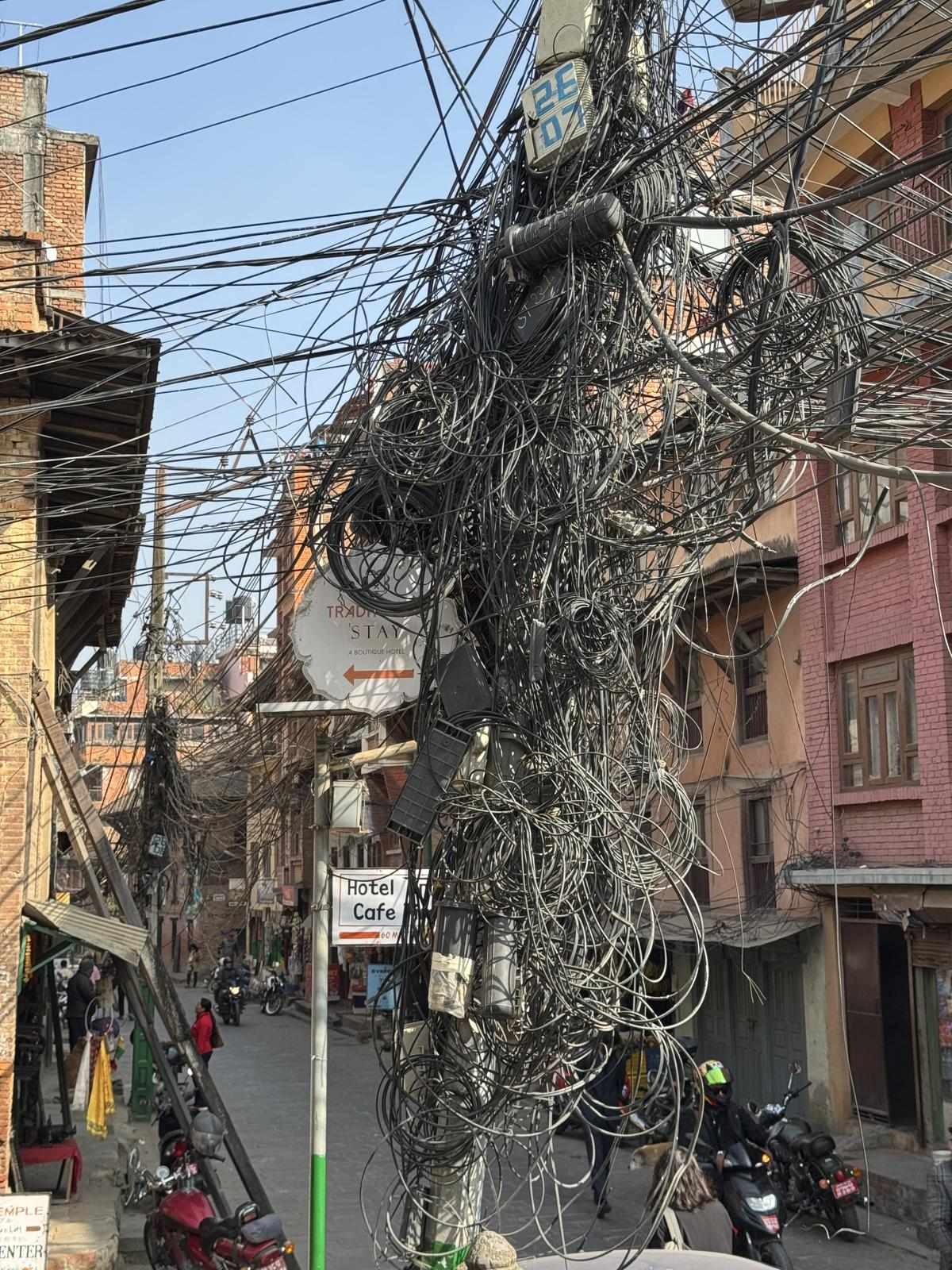

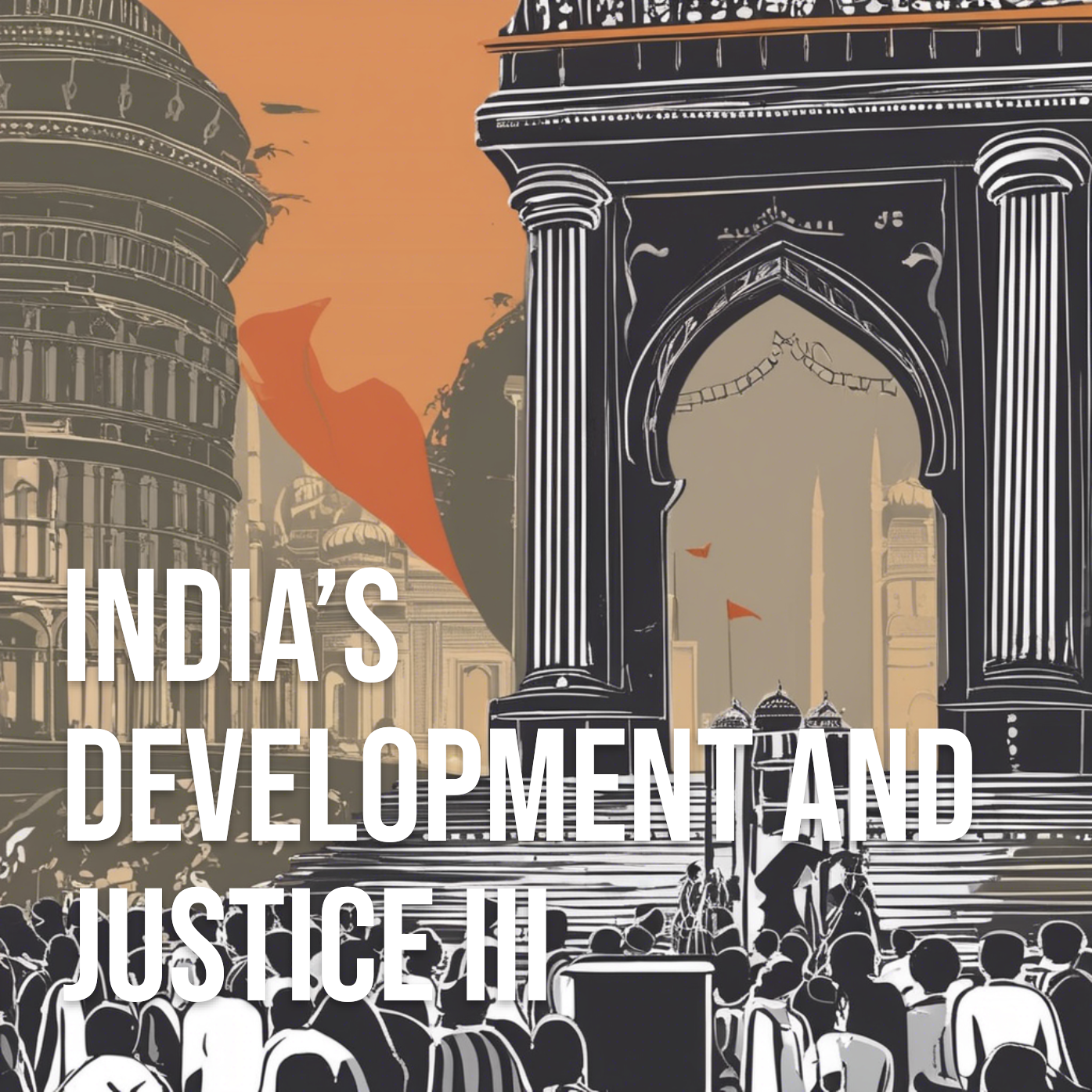
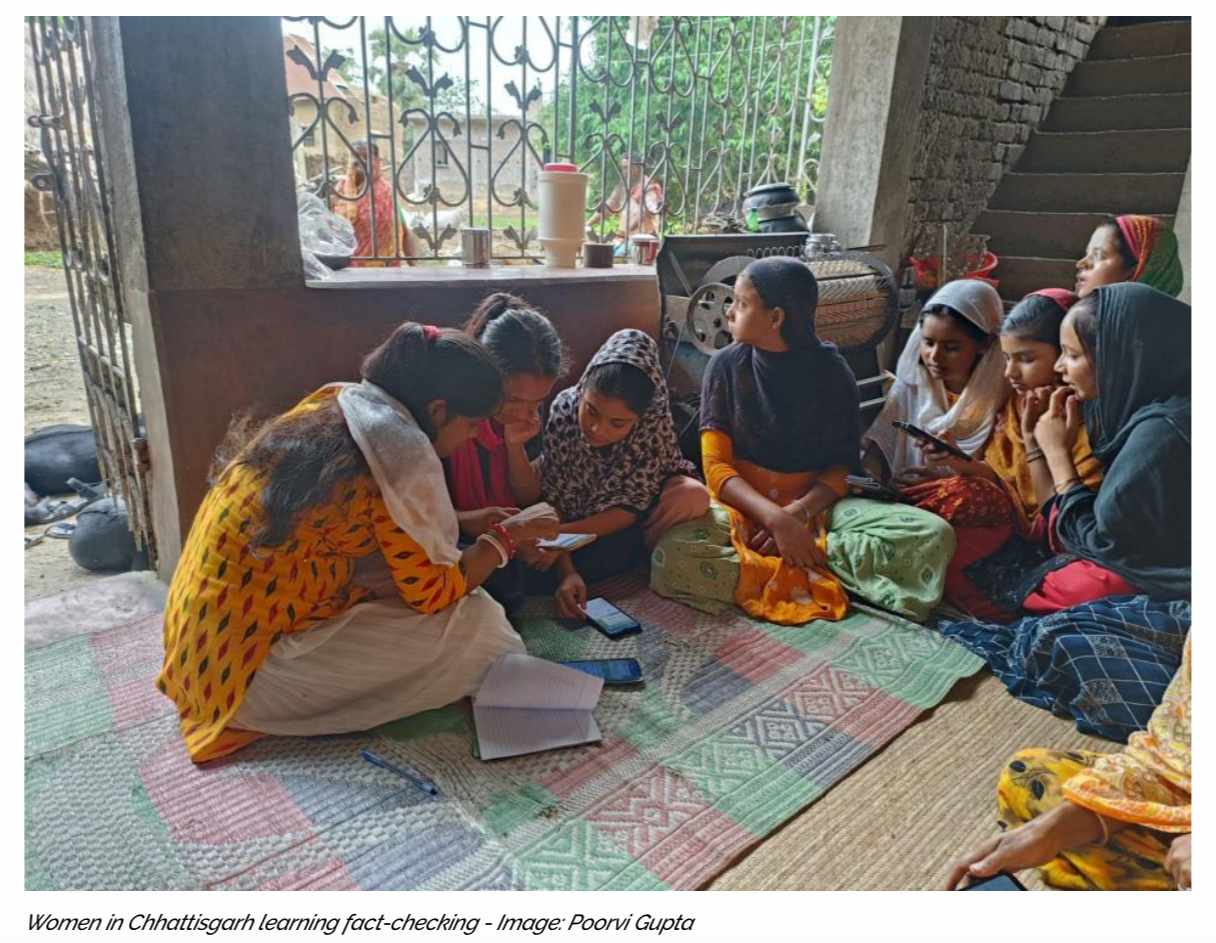


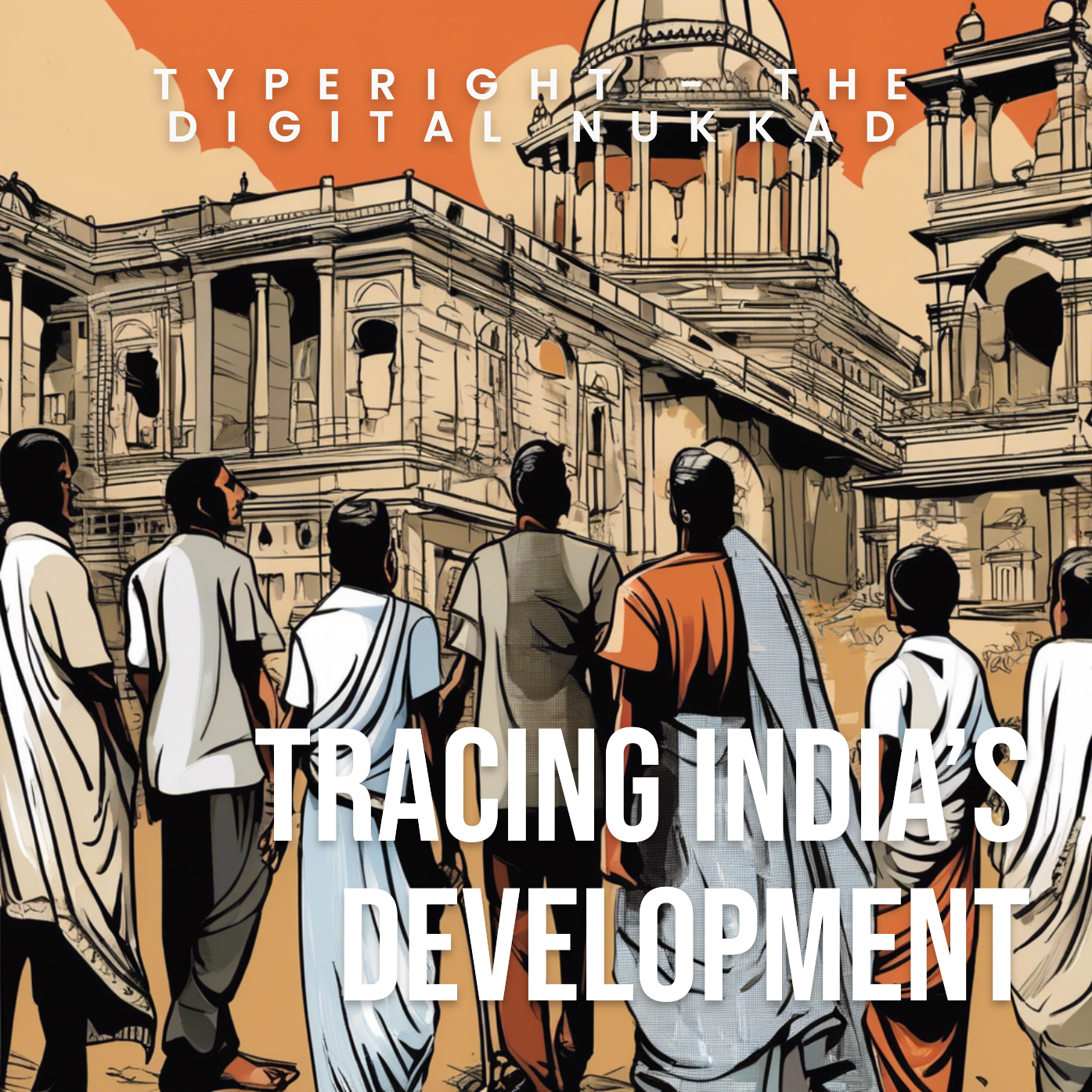









 might be?](https://sk0.blr1.cdn.digitaloceanspaces.com/sites/1394/posts/714526/dbc8de4c-5c50-411f-aba0-55cfb74a692d.jpeg)

Write a comment ...